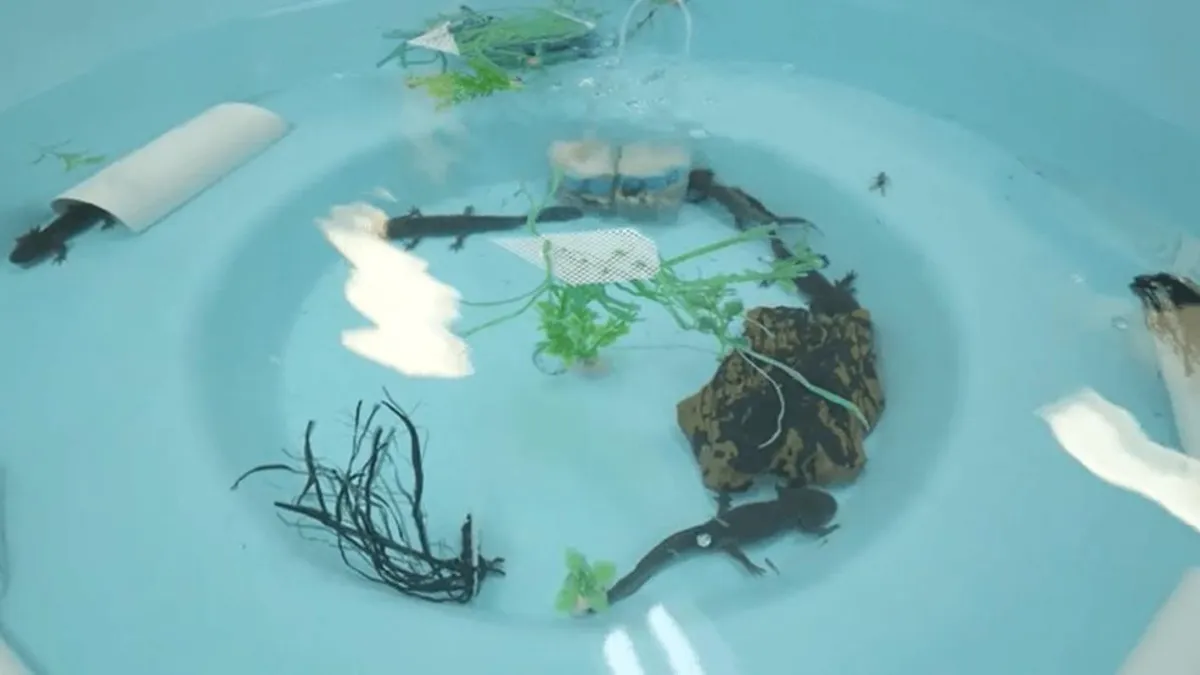
The axolotl, a fascinating small salamander, has captured the attention of scientists worldwide due to its extraordinary capability to regenerate entire limbs. This unique biological trait places the axolotl at the forefront of research in regenerative medicine, a field that seeks to harness the body’s natural healing processes to repair damaged tissues and organs.
A recent study conducted by researchers at Northeastern University has shed light on the mechanisms behind the axolotl's incredible regenerative abilities. The study identified a compound known as retinoic acid, which is commonly utilized in various acne treatments, as a pivotal element in the regenerative process of the axolotl. This discovery is significant as it highlights how certain compounds can influence cellular behavior in regenerative contexts.
The findings from Northeastern University indicate that retinoic acid plays a crucial role in helping the axolotl’s cells ascertain exactly what needs to be regenerated. This precision in cellular communication is vital for successful regeneration, allowing the axolotl to effectively replace lost or damaged limbs. By understanding how retinoic acid interacts with the axolotl's cellular mechanisms, researchers are gaining insights that could be transformative for the field of regenerative medicine.
In addition to retinoic acid, researchers uncovered an enzyme that regulates this compound, ensuring that the regeneration process remains finely balanced. This regulation is essential; if the levels of retinoic acid are not appropriately controlled, the regeneration could either be insufficient or excessive, leading to complications. By identifying this enzyme, scientists are taking significant steps towards replicating the axolotl's regenerative capabilities in humans, which could revolutionize treatments for injuries and degenerative diseases.
The implications of this research are profound. As scientists continue to explore the regenerative properties of the axolotl, the potential to apply these findings to human medicine grows. The ability to harness the axolotl's natural healing processes could pave the way for innovative therapies, improving outcomes for patients suffering from various conditions related to tissue damage.
In summary, the work being done at Northeastern University not only enhances our understanding of the axolotl but also opens new avenues for regenerative medicine. By studying the mechanisms behind the axolotl's limb regeneration, researchers are one step closer to unlocking the secrets of human healing and regeneration.